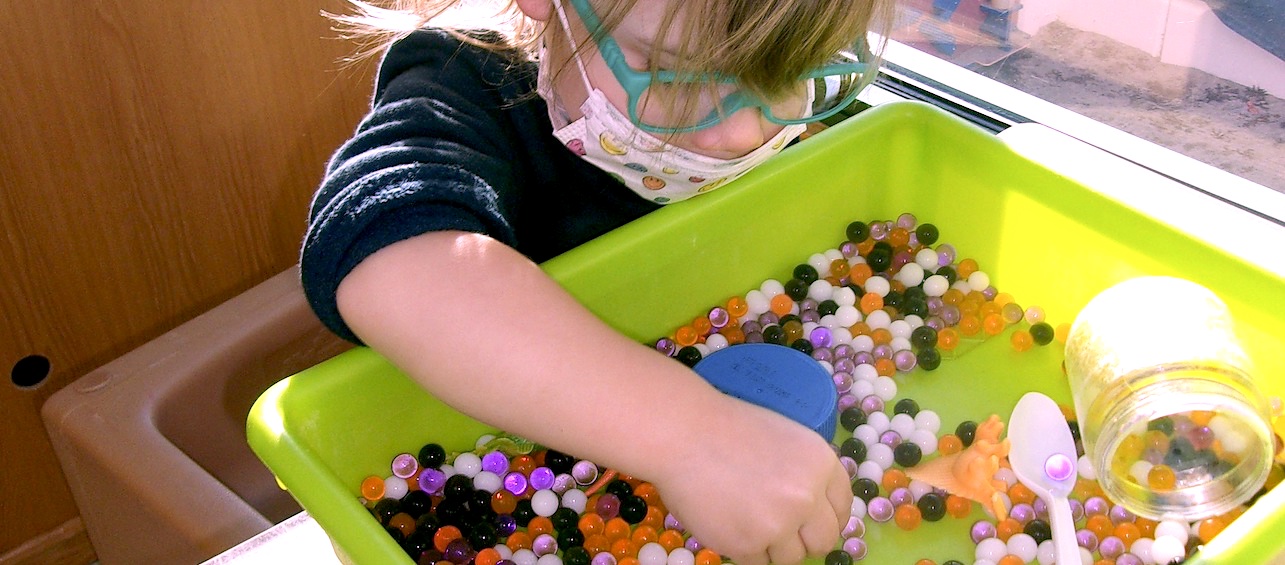It’s been a few years since I outlined 8 Facts Parents Need to Know About E-Cigarettes in a previous blog post.
Unfortunately since then, their use has continued to grow among teens. In fact, the National Institute on Drug Abuse for Teens reported in 2016 that 14% of 10th graders and 16.2% of 12th graders had used e-cigarettes in the previous month. That’s a staggering amount.
What’s even more surprising is that 66% of teens cited in the same report said that they think there’s just flavoring in them. Many e-cigarettes, however, do contain nicotine. And while the FDA received regulatory authority over e-cigarettes last year, consistent levels of nicotine in these products hasn’t been established yet.
Adding further to the issue, a recent study published by the American Academy of Pediatrics found that one in four high school youth who use e-cigarettes have tried “dripping” with them. This vaping method involves dripping the e-cigarette liquid directly onto the hot coils of the apparatus, which can produce smoke that is more potent than normal. It may also create a higher than normal temperature of the e-liquid.
As a pharmacist in the Drug and Poison Information Center (DPIC), dripping is concerning to me for a few reasons:
4 “Dripping” Safety Concerns
- Exposure to more potent and potentially toxic substances. A higher e-liquid temperature can produce more harmful chemicals inhaled into the lungs, including formaldehyde and acetaldehyde, which are carcinogenic. Formaldehyde can also cause asthma, contact dermatitis and as well as adverse side effects on the central nervous system, such as mood changes, depression, headache, insomnia, irritability, and attention and memory issues.
- Potential for skin contact. Dripping the e-liquid directly onto the coil, versus the traditional method of vaping, could raise a teen’s risk for accidental exposure to the skin. Nicotine is rapidly absorbed and it only takes a small amount for it to be poisonous to a teenager.
- Safety for younger children. Our DPIC already receives concerning calls about kids’ exposures to e-liquids, using traditional vaping methods. Both toddlers and children accidentally ingesting the liquid because it has been left within their reach. I do worry that with this new method, there is a greater potential for harm with younger children as the liquid is handled more frequently.
- Potential for explosions. While this isn’t a concern specifically for dripping, it is a concern for e-cigarettes in general. There have been reports of e-cigarettes exploding, causing chemical burns, blast injuries, and thermal burns.
As a parent, one of the greatest problems I see with e-cigarettes is that we have no way of detecting that our kids are doing it. They won’t smell like smoke. In my mind, being proactive is the best defense that we have. I’ll be adding “dripping” to the list of things I speak with my kids about, and will review these facts about e-cigarettes and e-liquids to guide my conversation.
If you have any concerns about your child being exposed to nicotine or any other harmful substance, please call your Drug and Poison Information Center at 1-800-222-1222. We can learn more about your child, the situation, and walk you through what to do next.





